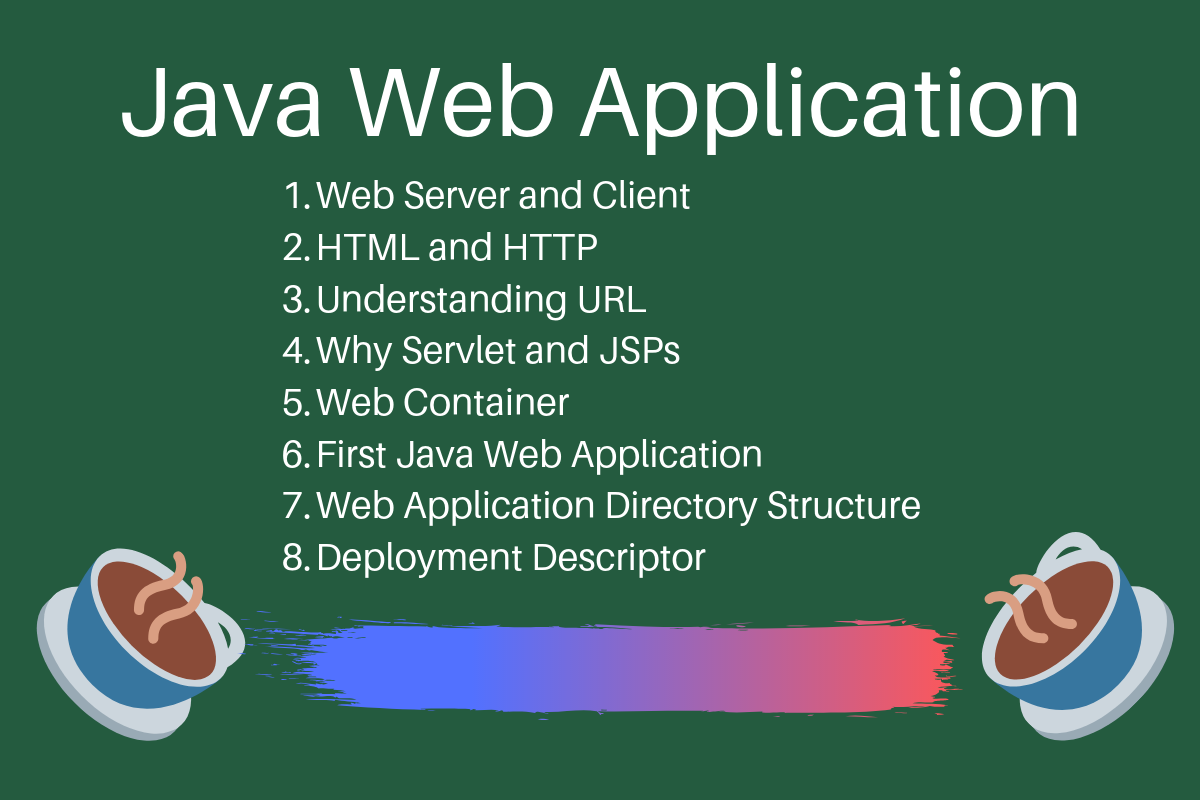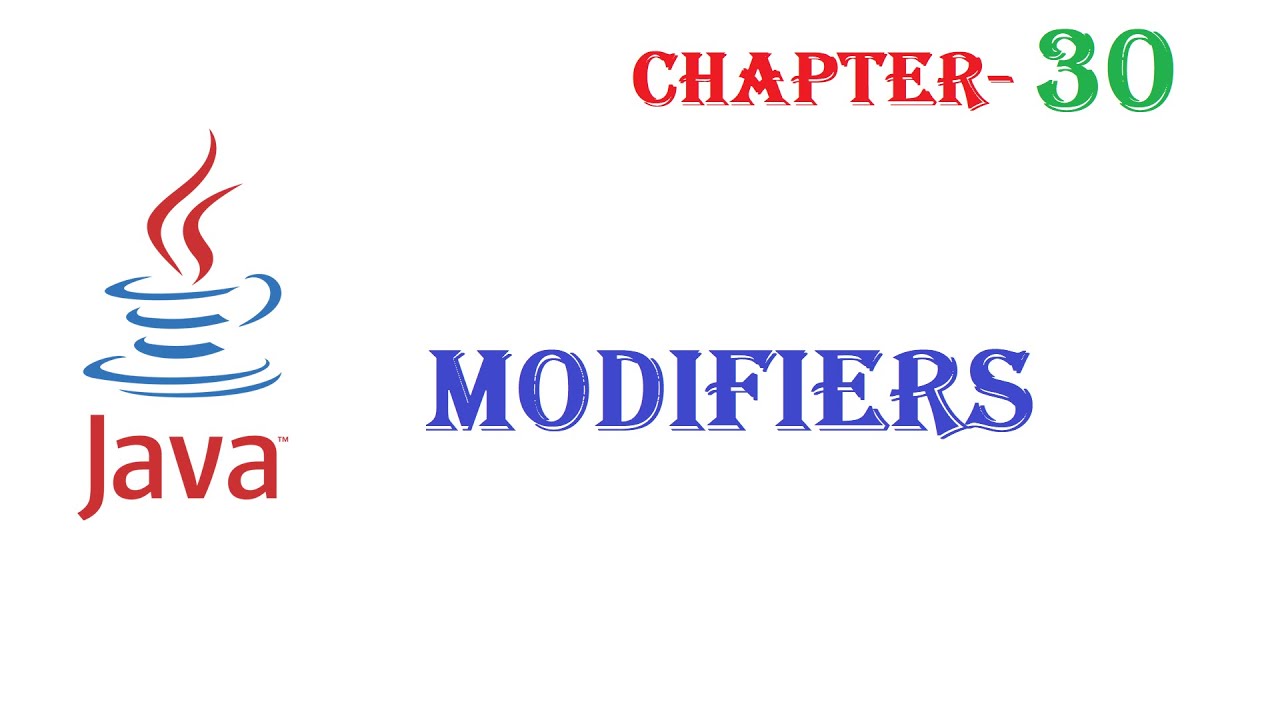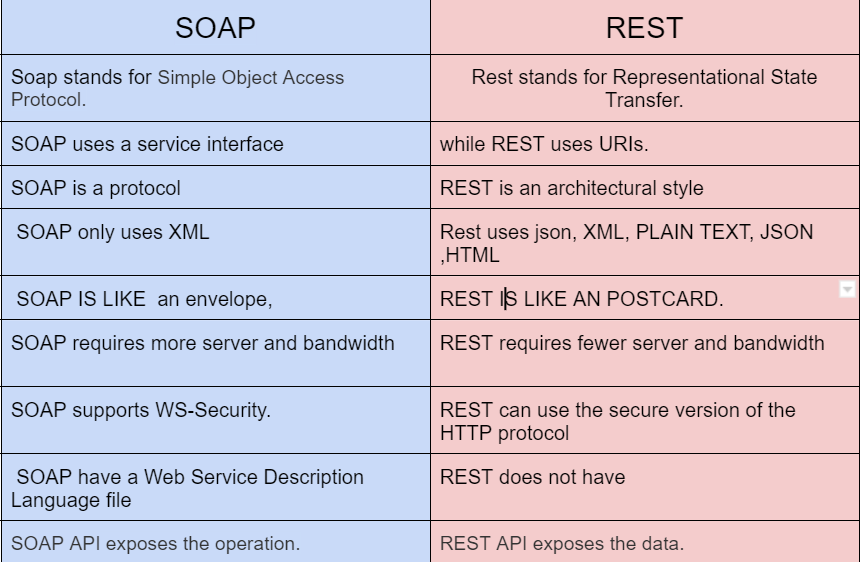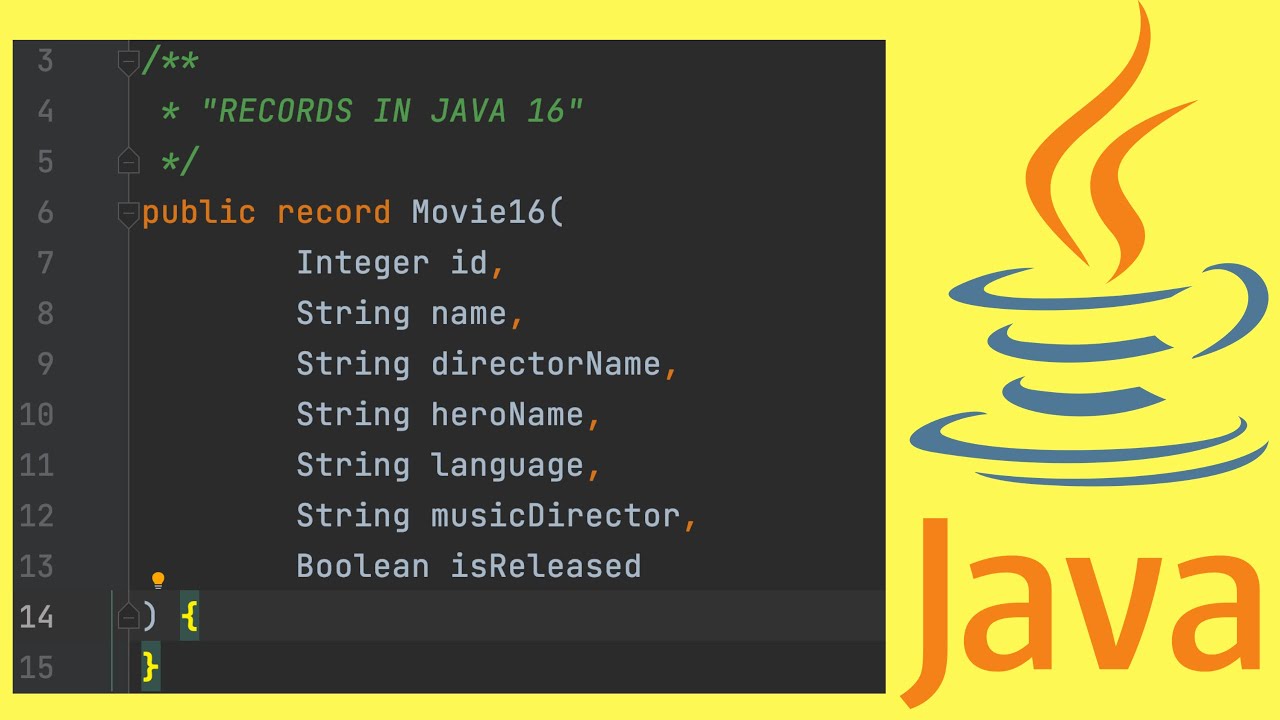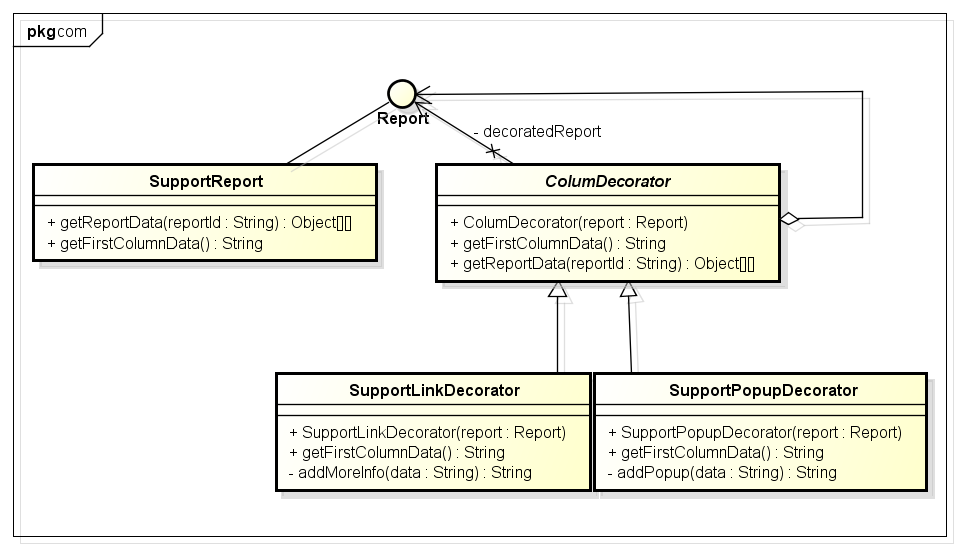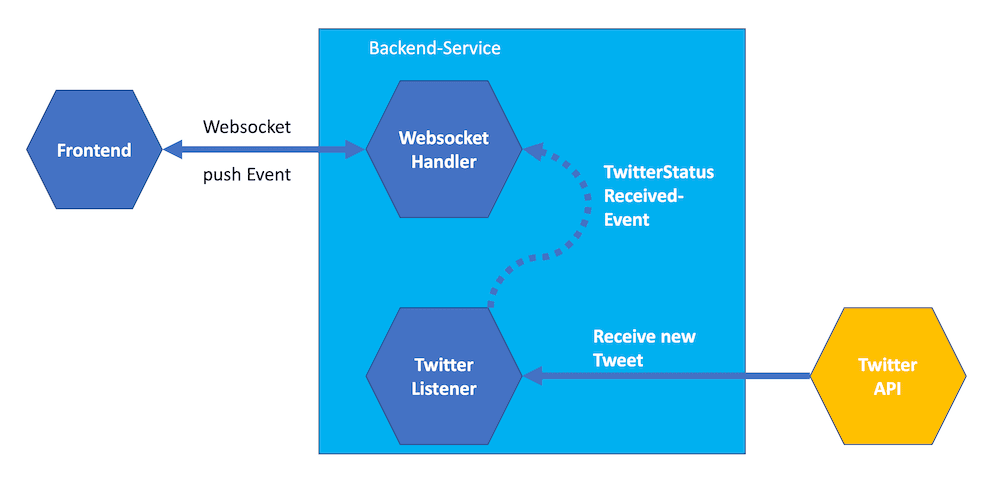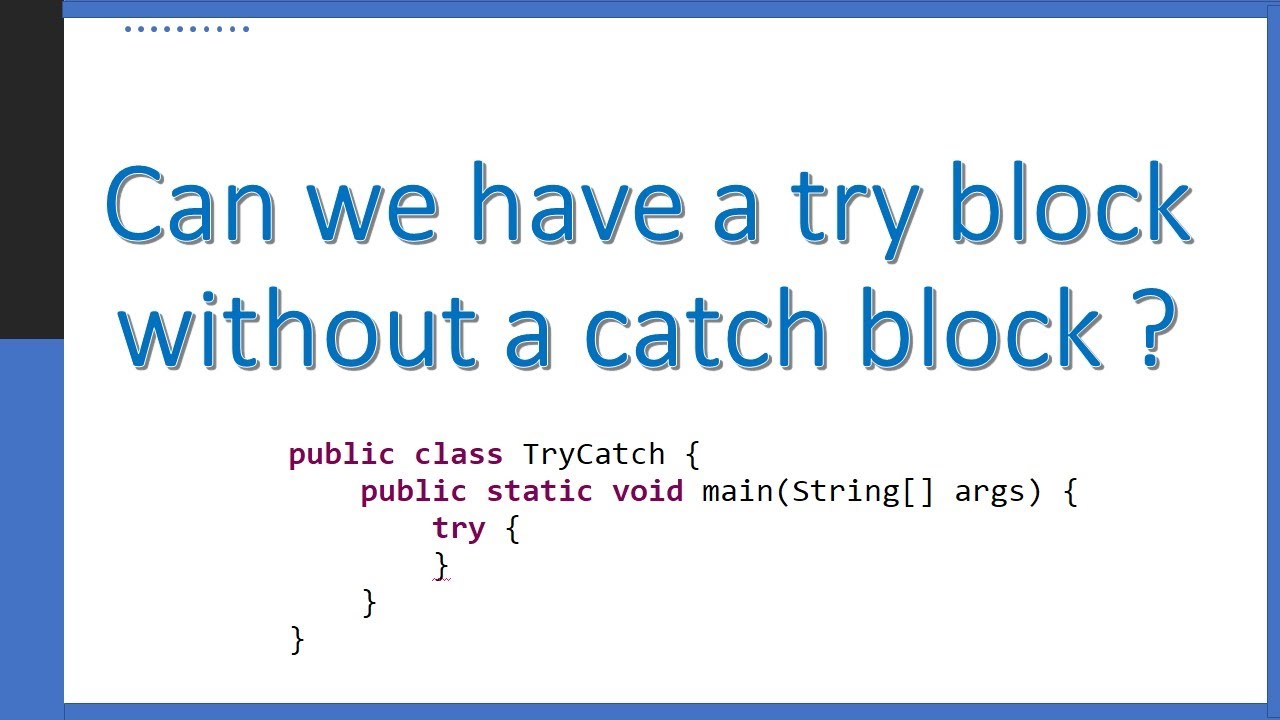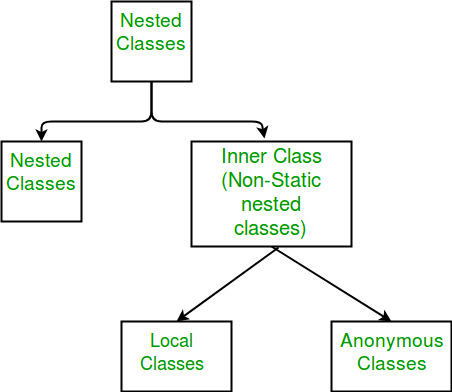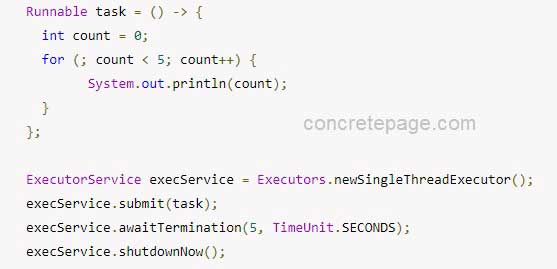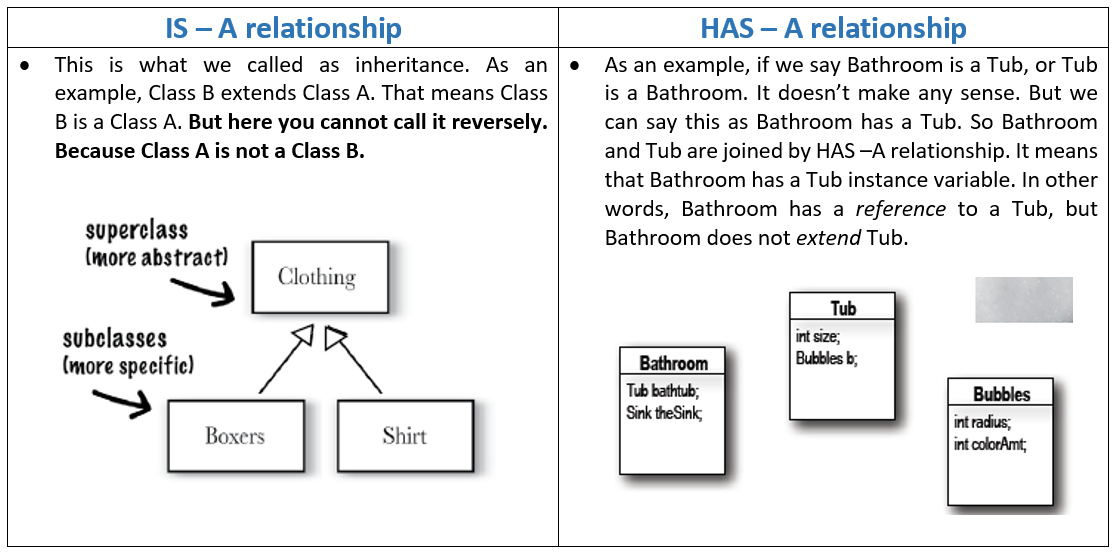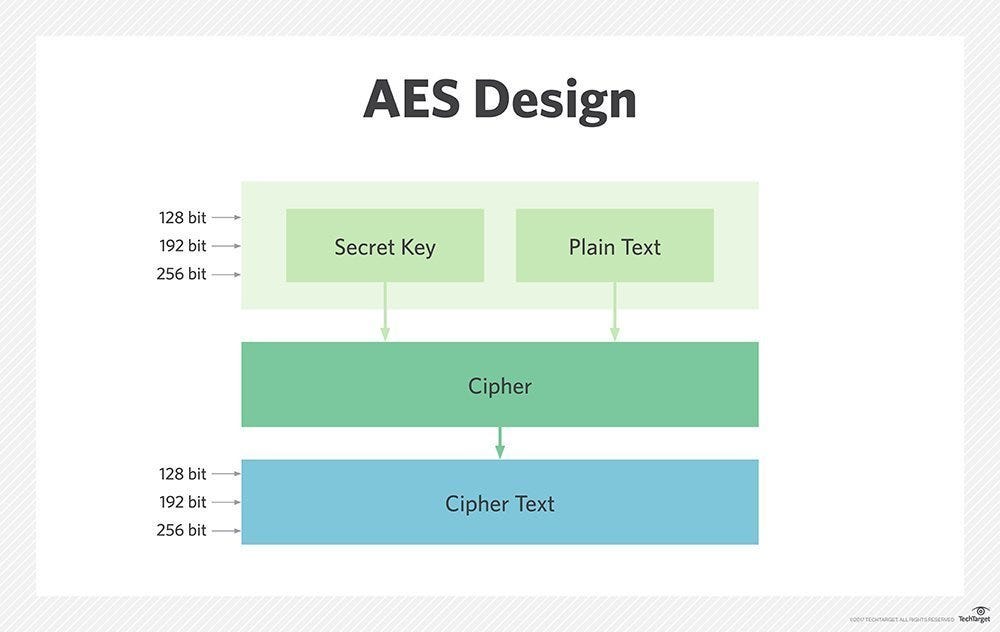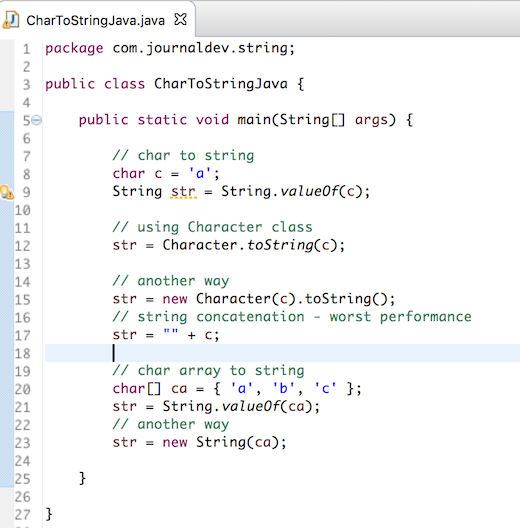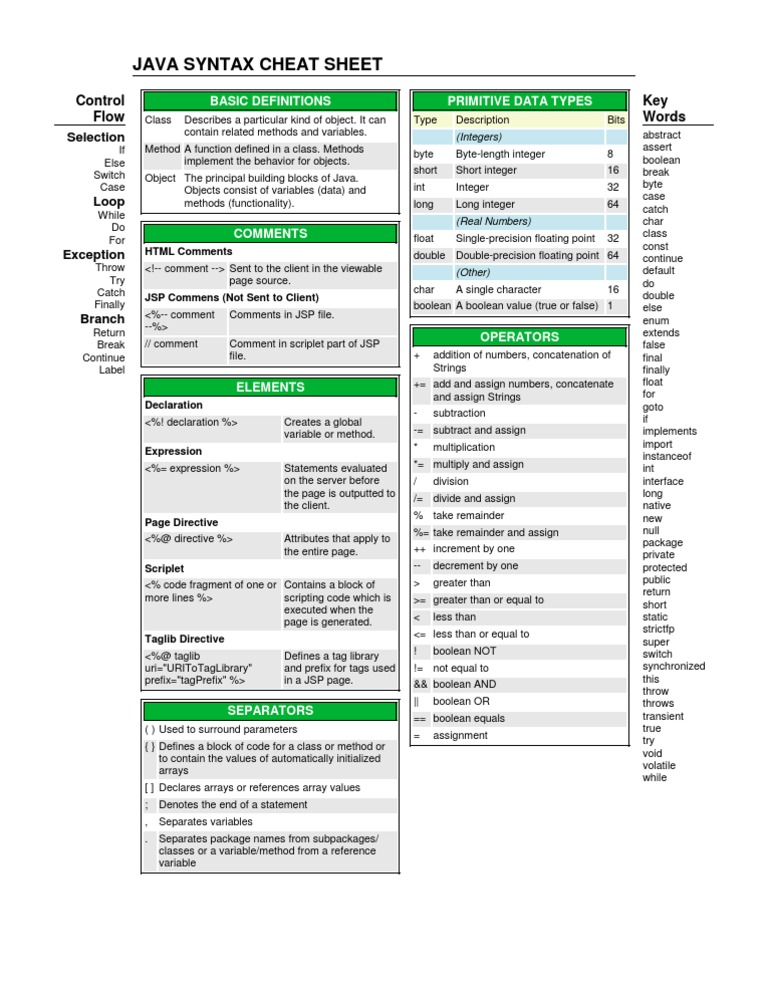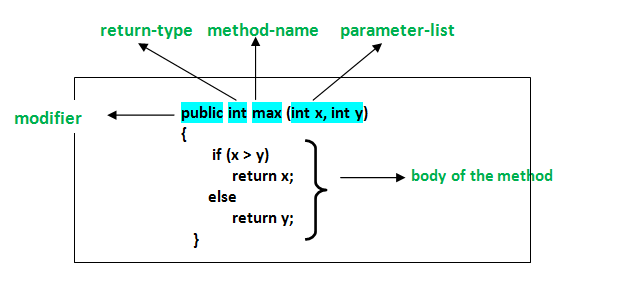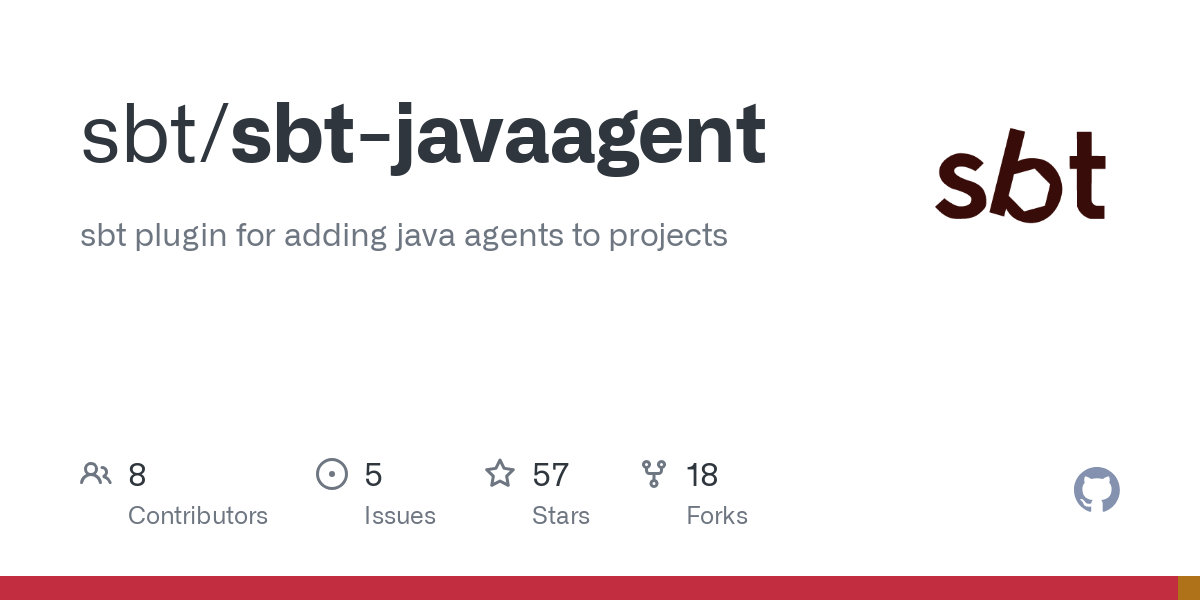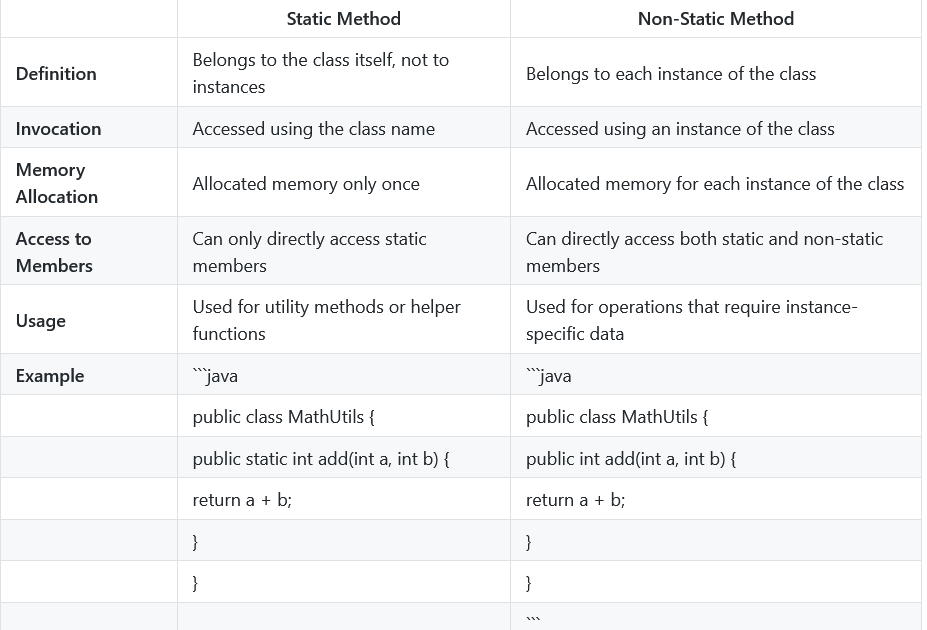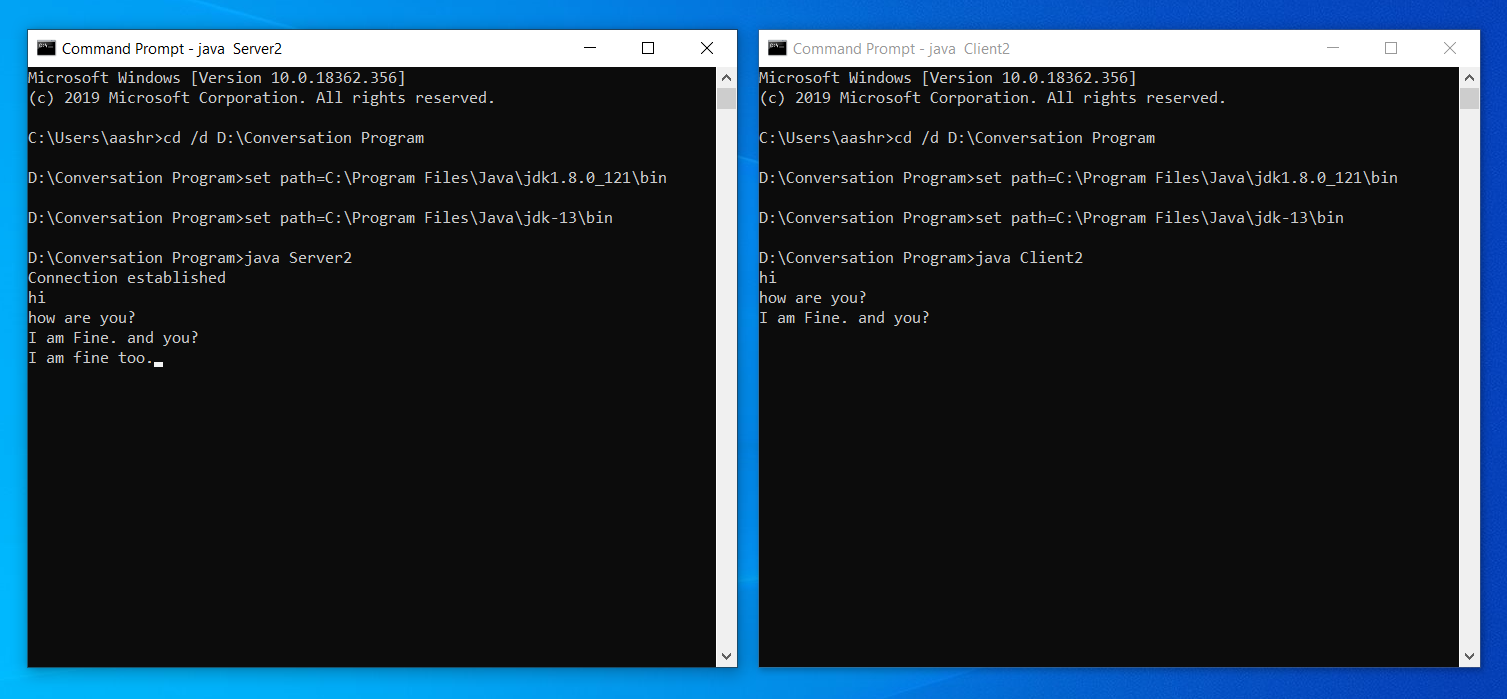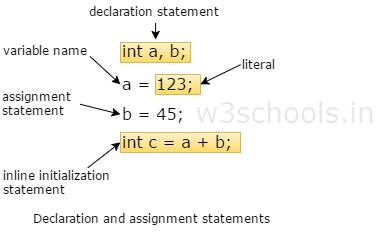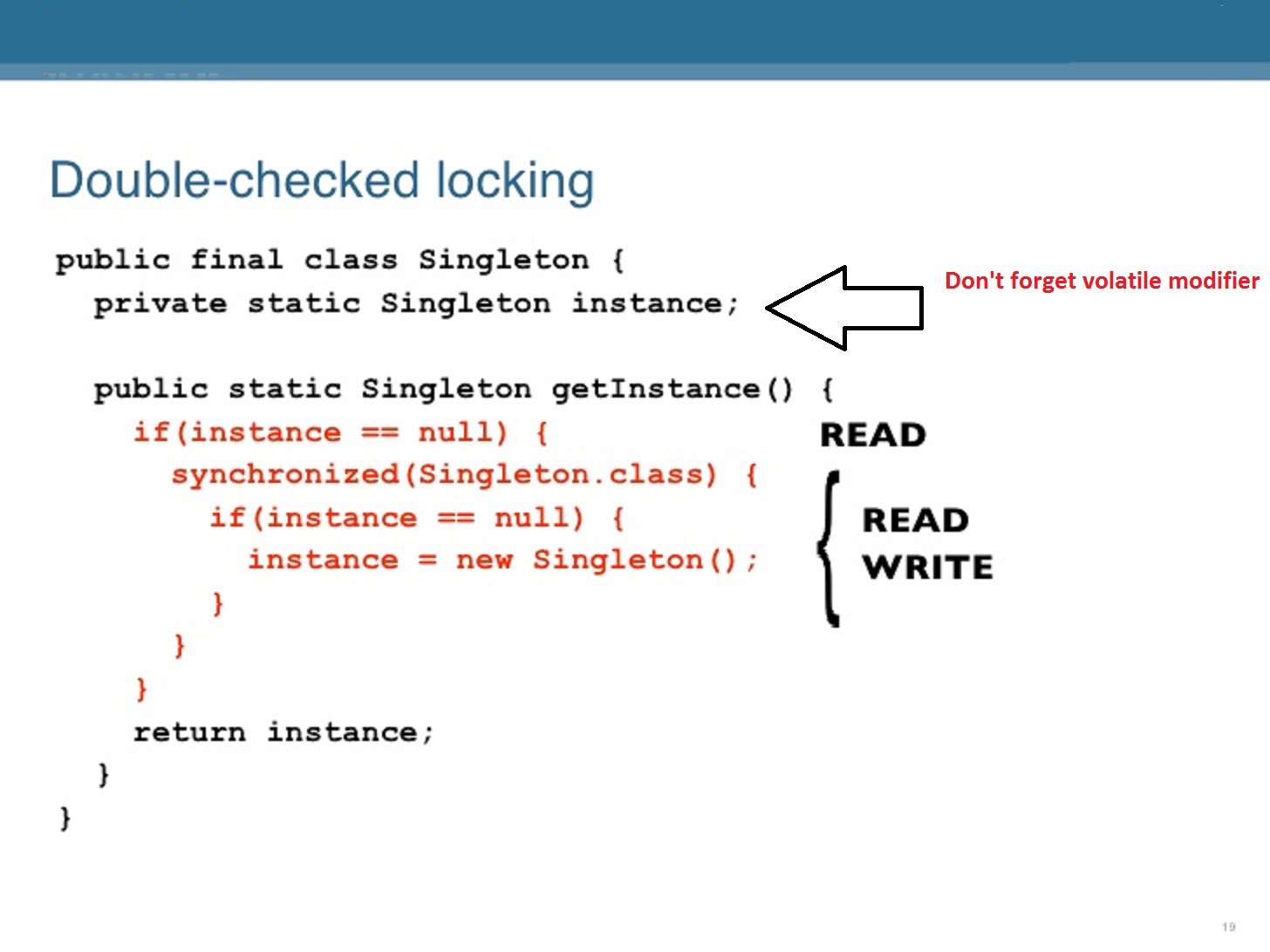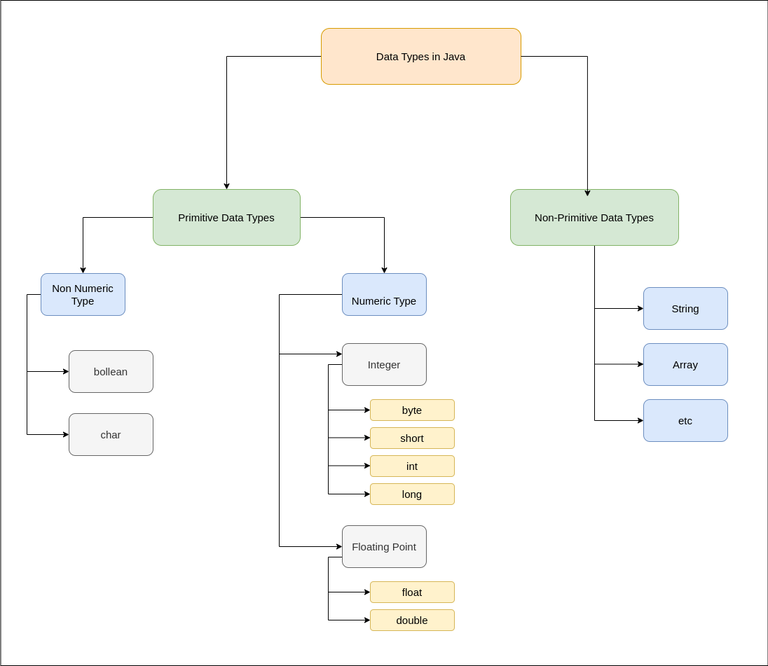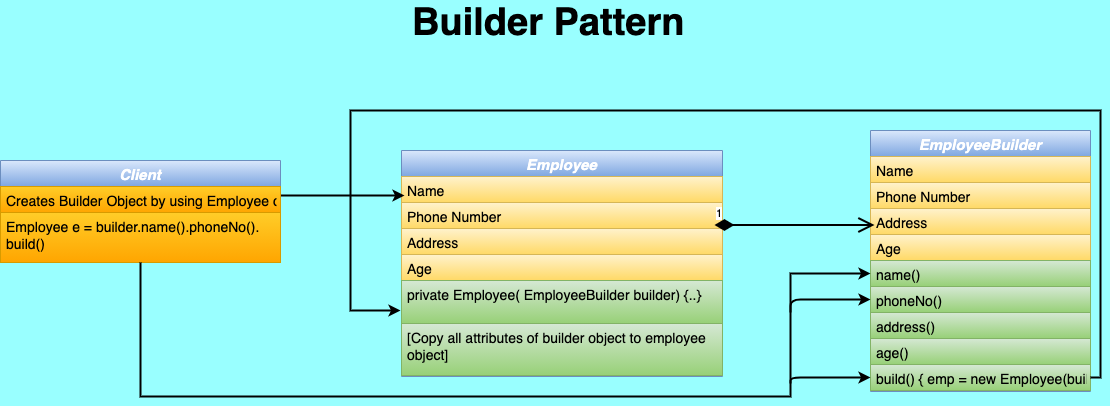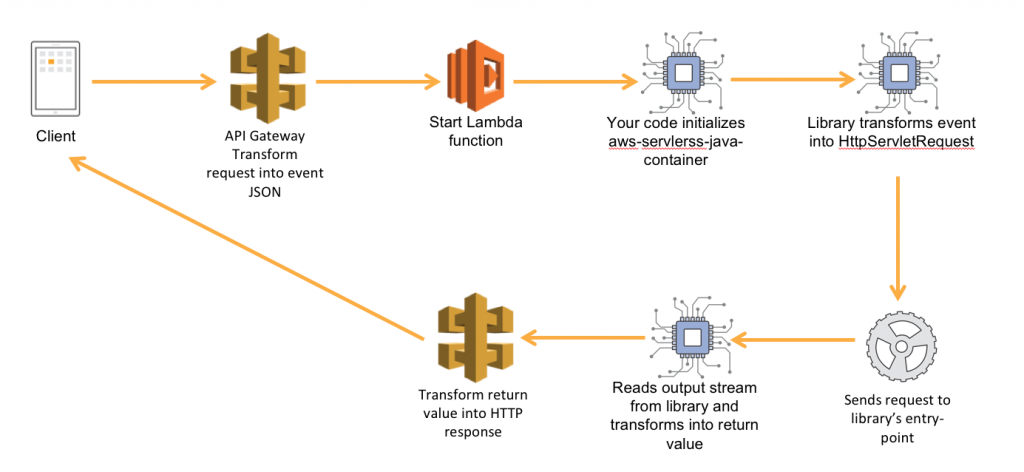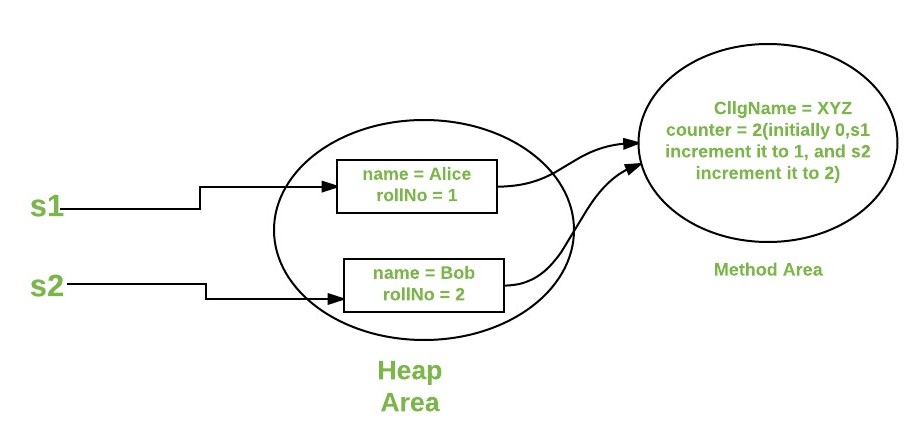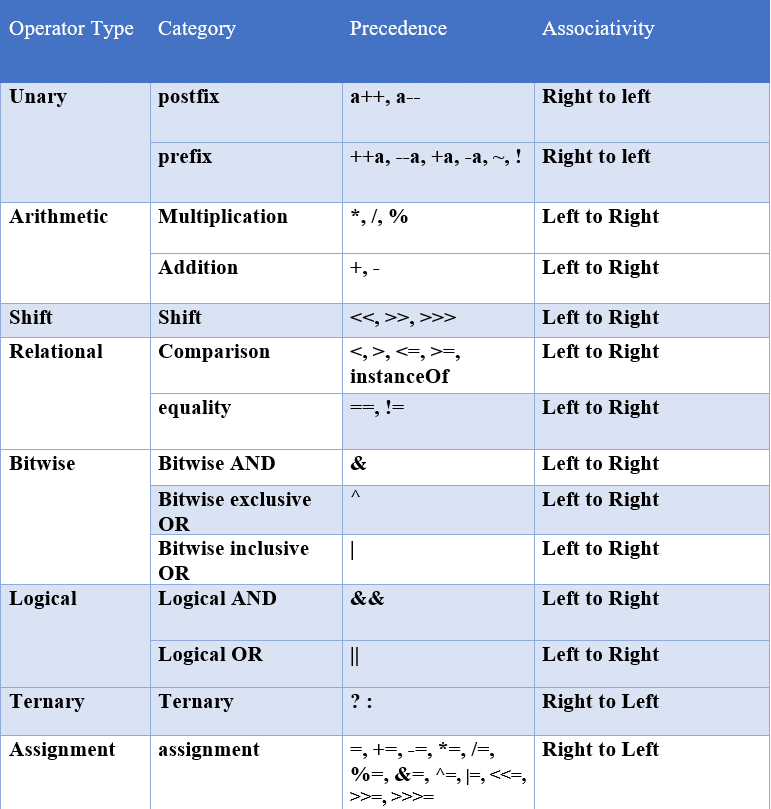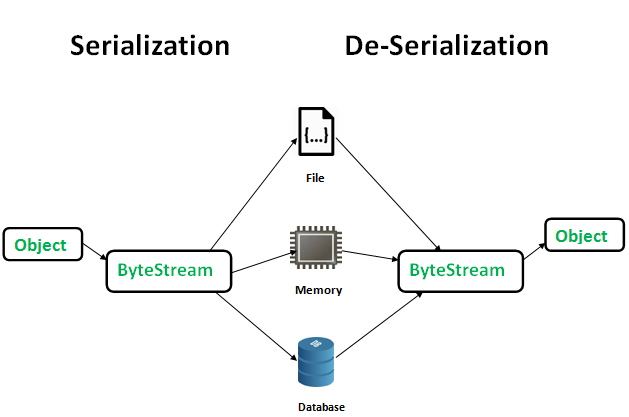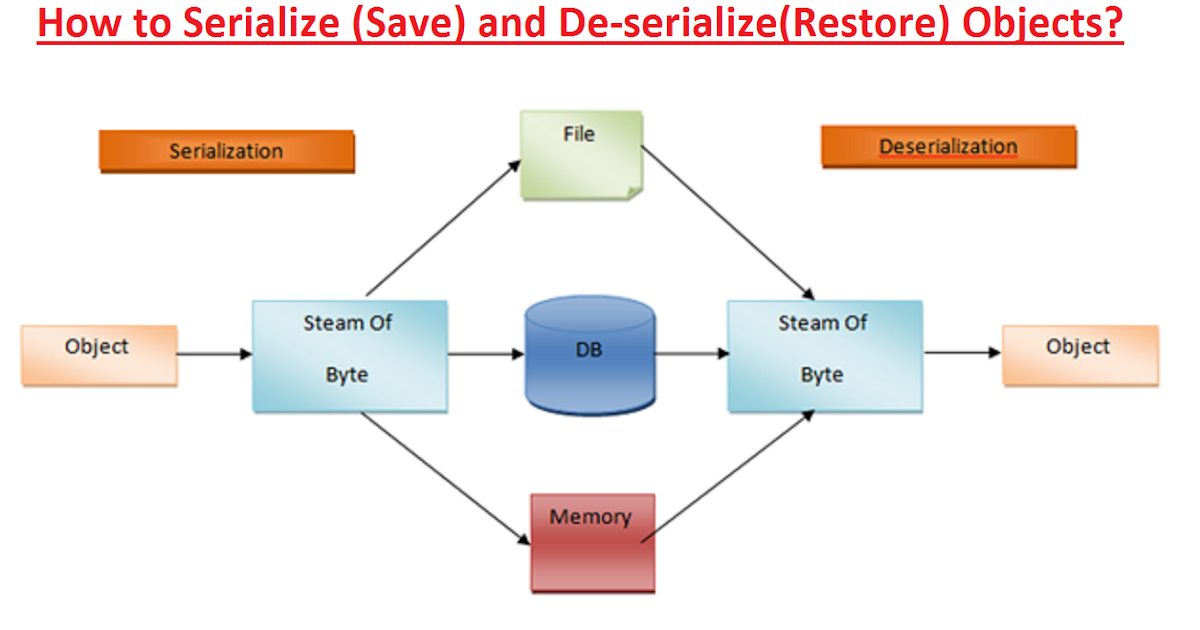Concurrent programming java tutorial
Concurrent programming java tutorial
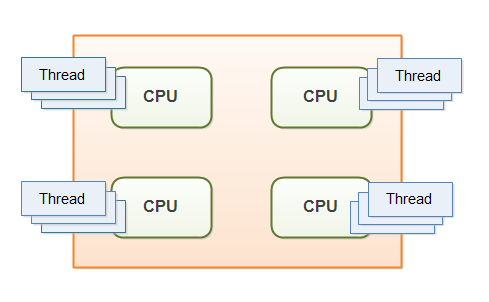
Here is a comprehensive guide on concurrent programming in Java:
What is concurrency?
Concurrency refers to the ability of multiple threads to execute simultaneously within a program, improving responsiveness and overall system efficiency.
Why do we need concurrency?
Java provides built-in support for concurrency through its API (java.lang) and several frameworks. Concurrency helps to:
Improve performance: Multiple tasks can run concurrently without blocking each other.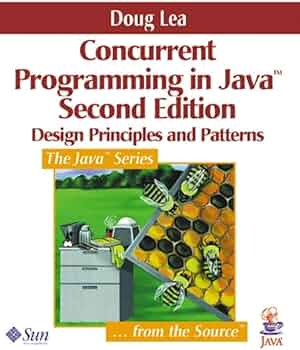
Java Concurrency API
The Java concurrency API provides a set of classes and interfaces for creating, managing, and interacting with threads. Some key features include:
Runnable and Callable Interfaces: Implement these to create threads that execute specific tasks. Thread Class: The basic thread class provides methods for starting, stopping, and manipulating threads. Executor Framework: Manage a pool of worker threads that can execute tasks asynchronously.Concurrency Techniques
Java provides several techniques for achieving concurrency:
Synchronizing Threads with Locks: Usesynchronized blocks or Lock objects to ensure exclusive access to shared resources. Atomic Variables and Operations: Utilize atomic operations (e.g., compareAndSet, getAndSet) to update shared state safely. Thread-Local Variables: Store thread-specific data in ThreadLocal variables, ensuring each thread has its own instance.
Key Concepts
Locking and Synchronization: Understand how Java's built-in locks (synchronized, ReentrantLock, Semaphore) work to ensure thread safety. Producer-Consumer Pattern: Implement a producer-consumer pattern using queues or buffers for efficient data transfer between threads. Thread Pool: Create a pool of worker threads to manage a fixed number of concurrent tasks, improving system performance.
Java Concurrency Best Practices
Minimize Synchronization: Avoid unnecessary synchronization to minimize contention and improve performance. Use Higher-Level Abstractions: Utilize frameworks like Executor or parallel streams (introduced in Java 8) for more efficient concurrency. Monitor and Debug: Use built-in tools (e.g.,Thread.dumpStack(), jstack) and logging to identify concurrency-related issues.
Concurrency in Practice
Here's a simple example of using the Executor framework:
import java.util.concurrent.ExecutorService;
import java.util.concurrent.Executors;
public class ConcurrencyExample {
public static void main(String[] args) {
// Create an executor service with 5 worker threads
ExecutorService executor = Executors.newFixedThreadPool(5);
// Submit tasks to the executor for concurrent execution
for (int i = 0; i < 10; i++) {
executor.submit(() -> System.out.println("Task " + i + " executed."));
}
// Shutdown the executor service when done
executor.shutdown();
}
}
In this example, we create an ExecutorService with a fixed number of worker threads (5) and submit tasks (lambda expressions) to be executed concurrently. The shutdown() method ensures that the executor service is properly terminated.
Conclusion
Concurrency is an essential aspect of programming in Java. Understanding the concepts, techniques, and best practices outlined above will help you write more efficient, scalable, and responsive applications. Remember to minimize synchronization, use higher-level abstractions, and monitor your code for concurrency-related issues. Happy coding!
What is Java concurrent programming?
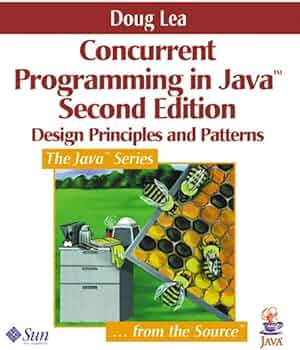
Java concurrent programming refers to the ability to write programs that can run multiple threads simultaneously and efficiently. In other words, it allows developers to create applications that can perform multiple tasks at the same time, improving overall system performance, responsiveness, and scalability.
In Java, concurrency is achieved through the use of threads, which are lightweight processes that can run concurrently with each other. A thread is a separate flow of execution that shares its program counter, stack, and heap memory with other threads within the same process. This means that multiple threads can access and modify shared resources, such as variables, objects, or databases, simultaneously.
There are several key aspects to Java concurrent programming:
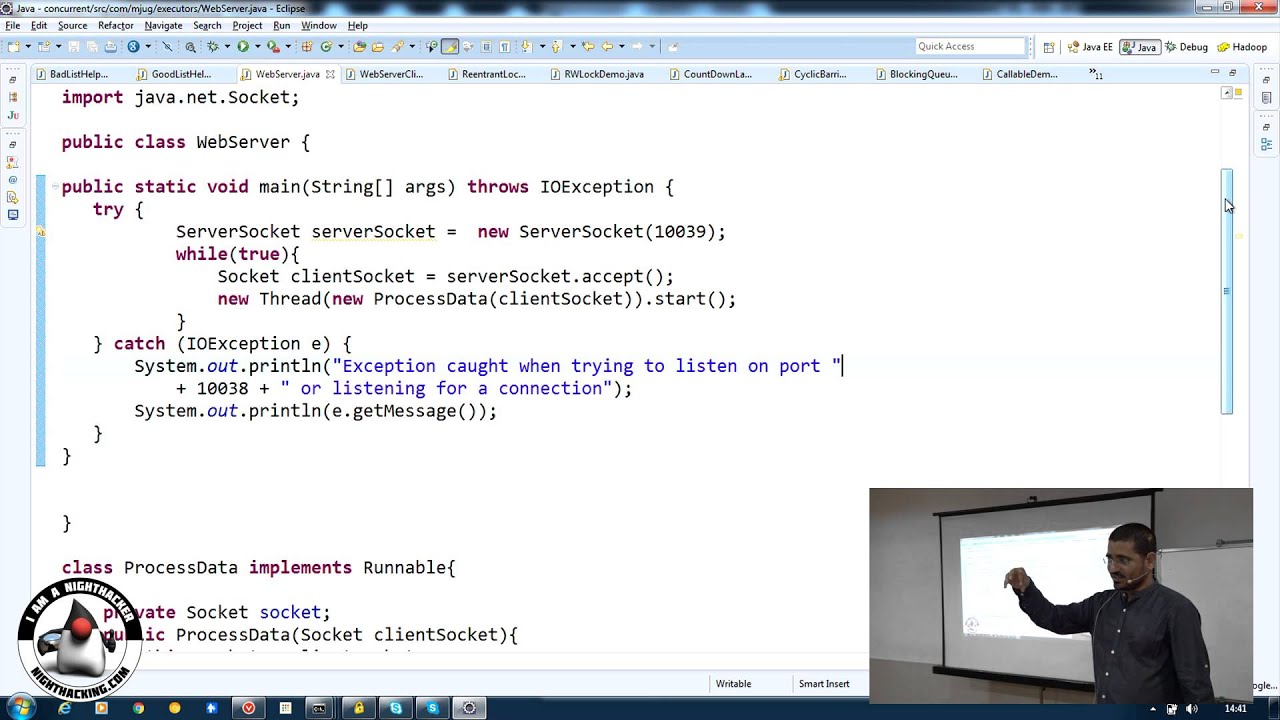
synchronized blocks), semaphores, monitors, and barriers help manage access to shared resources and prevent conflicts between threads. Thread coordination: Coordinating the execution of multiple threads is crucial for effective concurrency. This involves managing thread lifecycles, scheduling, and communication between threads.
Java provides several built-in mechanisms and APIs to support concurrent programming:
java.lang.Thread class: The Thread class represents a single thread of execution. It provides methods for controlling the thread's lifecycle (e.g., starting, stopping, sleeping) and synchronization. java.util.concurrent package: This package offers classes like Executor, Callable, Future, and ConcurrentHashMap for managing threads, executing tasks asynchronously, and storing data in a concurrent manner. java.synchronized block: The synchronized keyword is used to synchronize access to shared resources by ensuring that only one thread can execute the code within the synchronized block at any given time.
Java concurrent programming has numerous benefits:
Improved system responsiveness: Concurrency enables applications to respond quickly to user input and requests, even when performing computationally intensive tasks. Enhanced scalability: By running multiple threads simultaneously, Java programs can handle increased loads without a significant decrease in performance. Better resource utilization: Concurrency helps optimize system resources (e.g., CPU, memory) by allowing threads to share or reuse them efficiently.Some common use cases for Java concurrent programming include:
Web server clustering: Load-balancing multiple web servers to handle increased traffic and improve overall system responsiveness. Distributed computing: Breaking down complex computations into smaller tasks that can be executed concurrently across a cluster of machines. Database querying: Optimizing database queries by executing multiple threads in parallel, reducing the overall query time.In summary, Java concurrent programming enables developers to create efficient and scalable applications by leveraging the power of multithreading. By understanding the fundamental concepts, mechanisms, and best practices for concurrency in Java, developers can write programs that take full advantage of modern multi-core processors and improve overall system performance.
